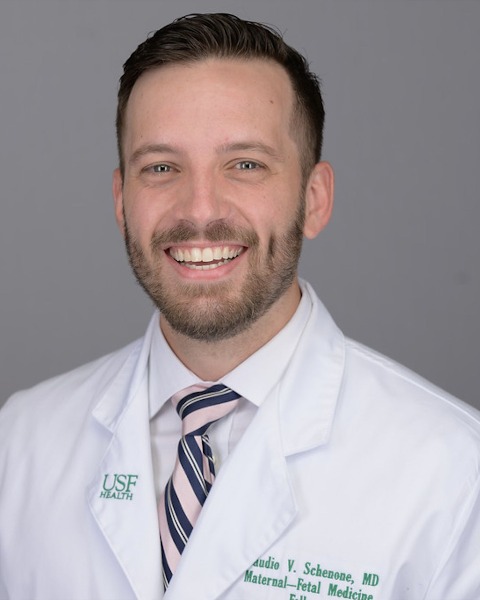Category: Hypertension
Poster Session I
(156) Myocardial oxygen consumption in pregnancies complicated by hypertensive disorders of pregnancy
Rate-Pressure Product (RPP) has been used as a surrogate for myocardial oxygen consumption (MOC), a dynamic non-invasive index of changes in cardiovascular (CV) demand. We sought to describe pre-conceptional (PC), antepartum (AP), and postpartum (PP) RPP among pregnancies complicated by hypertensive disorders of pregnancy (HDP).
Study Design:
Retrospective longitudinal study of women aged 18-34 who became pregnant during the study period (2013-2022). We included pregnancies complicated by HDP, defined as gestational hypertension (HTN), pre-eclampsia with or without severe features, eclampsia, and/or HELLP. Individuals with chronic medical conditions including chronic HTN, multifetal gestation, and/or other complications were excluded. Authors searched the electronic medical record for demographic characteristics, as well as PC, AP, and PP heart rate (HR) and systolic blood pressure (SBP) values. RPP was defined as the product of HR and SBP (HR X SBP) at each visit. RPP % change from the PC (baseline) value at each visit was obtained using the following formula: [(RPP value– PP RPP)/PC RPP) x 100)]. Mean and standard deviation for absolute and % change from baseline were calculated for RPP at PC, by trimester, and PP. Mixed linear model was used to ascertain differences over time. A p-value < .05 was deemed statistically significant.
Results:
549 patients were included in our study. Data were normally distributed. Mean maternal age, BMI (kg/m2), and gestational age at delivery was 27, 33.3, and 37 weeks, respectively. 65% of the cohort was multiparous. Number of months at PC visit and weeks at PP visit was 6 and 2.5, respectively. The mean RPP value at baseline was 10178. Absolute RPP increased significantly from PC values at all time points (Figure 1). The RPP increased from PC to 2nd trimester by 9% (p < .001) and by 17% in the 3rd trimester (p < .001), while RPP PP values remained 9% higher than PC (p < . 001) (Figure 2).
Conclusion:
MOC as measured by RPP increases progressively with each trimester of pregnancy and remains higher than PC values following delivery among pregnancies complicated by HDP.

Claudio Vittorio Schenone Giugni, MD (he/him/his)
Fellow Physician
Department of Obstetrics and Gynecology, University of South Florida Morsani College of Medicine
Tampa, Florida, United States- MC
Mary Cain, MD
Department of Obstetrics and Gynecology, University of South Florida Morsani College of Medicine
Tampa, Florida, United States - AT
Athanasios Tsalatsanis, PhD
Department of Internal Medicine, University of South Florida Morsani College of Medicine
Tampa, Florida, United States - AK
Ambuj Kumar, MD, MPH
Department of Internal Medicine, University of South Florida Morsani College of Medicine
Tampa, Florida, United States 
Judette M. Louis, MD, MPH
Department Chair
Department of Obstetrics and Gynecology, University of South Florida Morsani College of Medicine
Tampa, Florida, United States- DC
Daniela Crousillat, MD
Division of Cardiovascular Sciences, University of South Florida, Morsani College of Medicine
Tampa, Florida, United States

.png)
